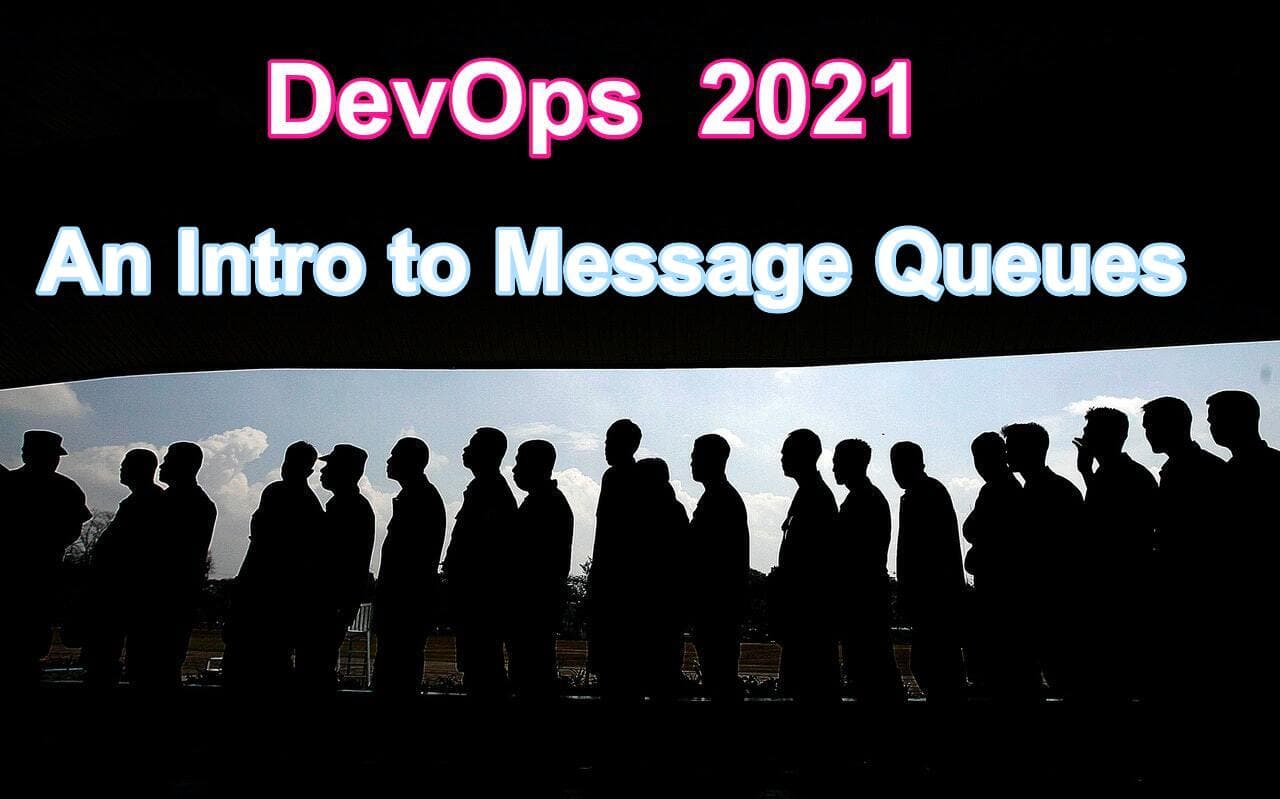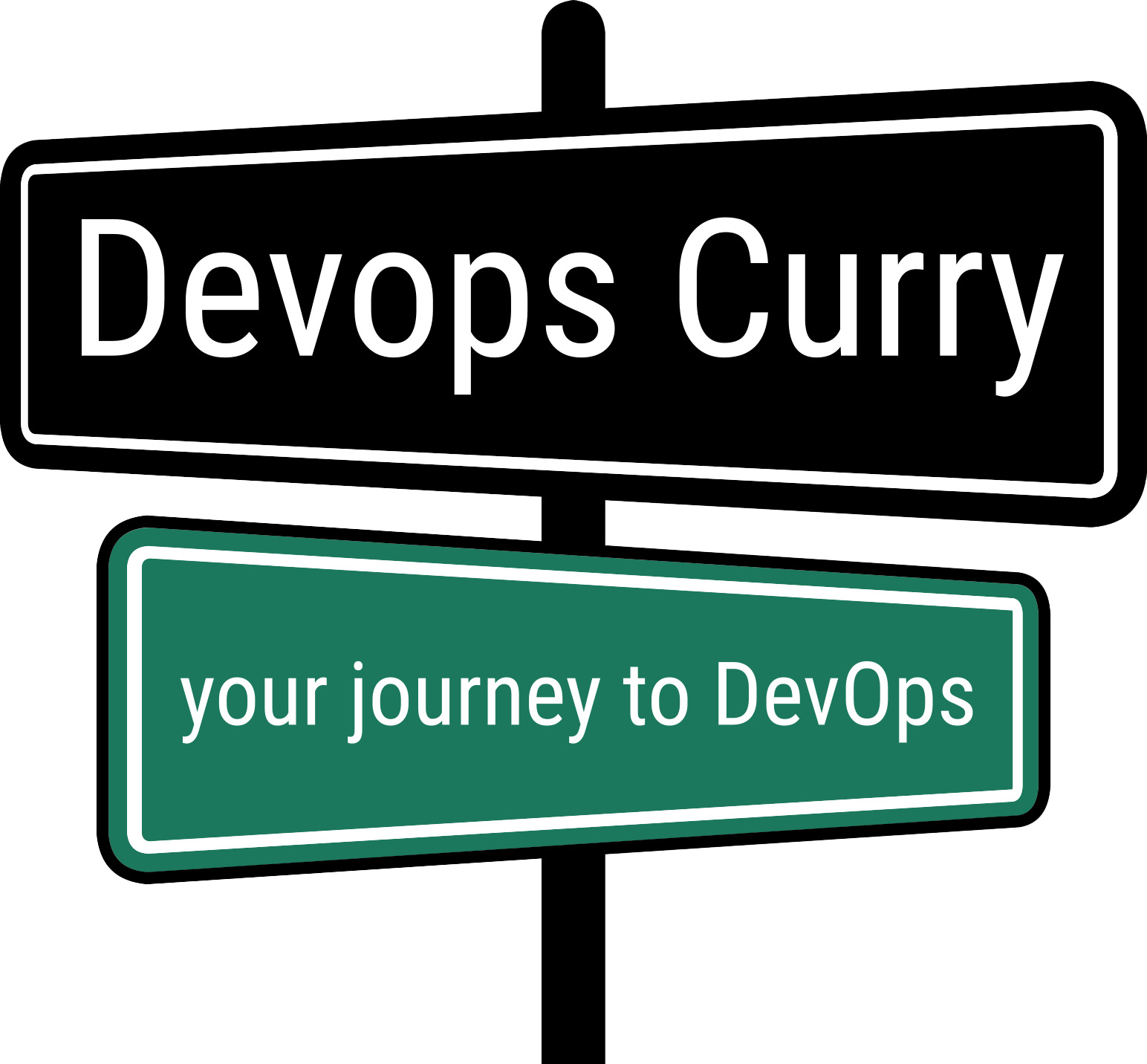
DevOps 2021: The need for Message Queues in 2021
Table of Contents
DevOps 2021: A dive into Messaging Queues
What is a Message Queue?
Before getting towards the concept of a message queue, we should know what is a message and a queue.
A queue is considered to be a waiting line of things that needs to be handled and processed in a sequence. A message queue is a queue of messages that are exchanged between applications as communication or instructions for a specific task.
On the other hand, a message can be considered to be any task or information between sender and receiver. The data is usually a byte array containing headers about the task.
A message queue is an asynchronous communication that occurs between different services. Message queue serves as a communication protocol where the messages are stored in a queue, waiting to be processed, and are deleted after being processed. Each message in the queue gets to be processed only once by a single consumer.
By the term, asynchronous communication means that the two parties, consumers and producers do not have to interact with the message queue synchronously and do not have to wait for the response to continue the processing. Some of the examples of asynchronous communication like sms, email. While sending an email, the sender does not wait for any response from the receiver and continues to process other things. In this way, the sender gets decoupled from the receiver and does not interact with the message queue at the same time.
The need for Message Queues?
With message queue you can handle a large volume of concurrent and real-time messages which gets automatically cleaned up after being received. There are no such conditions like deadlocks while handling high-volume asynchronous processing. So we can say message queue can be a vital component for any application within the organization because of the below reasons.
Decoupling
A layer is introduced between the processes, the message queue creates a data-based interface that is implemented by both the processes. You can modify these processes accordingly and independently ensuring that both processes adhere to the same interface requirements for proper communication. Decoupling allows the services to communicate without being connected to each other.
Data redundancy
In case of process failure, the data can be lost if it is not persisted. With the help of message queue the data is persisted until it gets completely processed. With the put-get-delete approach, it indicates if the message processing has been completed before it deletes the message from the queue thus maintaining the data redundancy.
Understanding data flow
With the help of message queue, you can easily understand the data flow on the basis of processing messages. It helps you to identify those areas and processes that are not performing as required.
Asynchronous communication
It is the key factor of message queues. It allows you to put the message on the queue without waiting to get processed immediately. In case of long message processing and long SQL queries, the message will wait until the processing of the last message without creating a deadlock for the resources.
Guarantees ordered processing
Message queue guarantees that the message will be processed in an order in which they are fed to the queue. If any message is taking time to be processed then other messages in the queue will wait until the older message gets processed.
Commonly used Message Queues
There are many Message Queue tools available in the market, that enable process-related communication between IT systems. These tools are commonly used by IT teams, developers, and system administrators to coordinate distributed systems. Some of the message queues that are commonly used are mentioned below.
IBM MQ
It is a secure messaging solution that transfers the message effortlessly between applications, services, and systems. You can use this software anywhere in the cloud, on premises, or both. It enables you to connect with the latest applications. The message is protected by TLS encryption. IBM MQ simplifies the application development by removing the need of close coupling. You can even send file data as a message over the MQ network.
Azure scheduler
With the help of Azure scheduler, you can define the actions that need to be run in the cloud. Once you define the actions or tasks then you can schedule them to run automatically. You can create different jobs that will run services inside and outside Azure.
Rabbit MQ
It is the most commonly used open-source message broker. It is light-weight and can be deployed within premises, in the cloud and is compatible to be running on any operating system. You can easily deploy it in distributed configurations with multiple messaging protocols.
Google Pub/Sub
Google’s Pub/Sub is an asynchronous messaging service that decouples services that produce events from services that process events.You can use Pub/Sub as messaging-oriented middleware or event ingestion and delivery for streaming analytics pipelines.
ZeroMQ
ZeroMQ (also spelled ØMQ, 0MQ or ZMQ) is an asynchronous network messaging library known for its high performance. It’s intended use is for distributed systems as well as concurrent systems. In summary, ZMQ allows you to send messages (binary data, serialized data, simple strings, etc.) over the network through various methods like TCP or multicast as well as between processes.ZeroMQ implements ZMTP, the ZeroMQ Message Transfer Protocol
Apache Kafka Queue
Apache Kafka is a distributed publish-subscribe messaging tool and also a robust queue that can handle a high volumes of data and enables you to pass messages from one end-point to another. Kafka is suitable for both online as well as offline message consumption. Kafka messages are stored on a disk and replicated within the cluster to prevent data loss. Kafka is built on top of the ZooKeeper synchronization service. It integrates very well with Apache Storm and Spark for real-time streaming data analysis.
KubeMQ
KubeMQ is Kubernetes messaging platform which is an enterprise-grade message broker. This message queue comes with ready-to-use connectors and control centers. It enables hybrid-cloud messaging transparency, microservices integration, and gradual migration. It eliminates developers challenges to define message exchanges, channels, routes. It allows microservices from different environments to communicate with each other.
Alibaba message queue
It is a distributed message queue service that is independently developed by Alibaba and is completely hosted on Alibaba cloud platform. It ensures asynchronous communication among microservices, servers, and applications. It creates a scalable distributed system with loose coupling and high availability.
Conclusion:
So in general we can say that Messaging Queues are are modern Devops software component which help us in creating and implementing Event-driven applications.They play a very critical role in defining and architecting the modern day applications especially when designing a micro-services or serverless applications and also to decouple monolithic legacy code .


